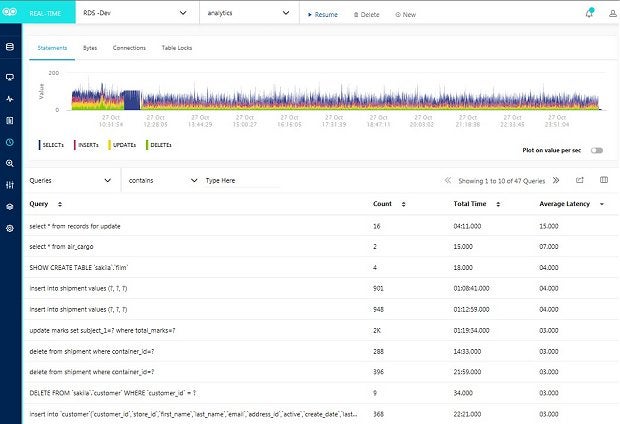A key part of keeping your MySQL database running smoothly is the regular monitoring of performance metrics. In fact, there are literally hundreds of metrics that can be measured that can enable you to gain real-time insight into your database’s health and performance. To this end, several MySQL monitoring tools have been developed to make performance monitoring easier. In today’s article we’ll use Monyog to measure a few of the more important metrics.
Getting Started
As I said in the introduction, there are quite a few performance monitoring tools for MySQL to choose from, but the one I use is called Monyog. Developed by Webyog, Monyog not only monitors one or more MySQL servers, it also advises you on how to tune the databases, find problems, and then fix them before they can become serious problems or costly outages.
Monyog utilizes “agent-less monitoring”, thus eliminating the need to install and maintain monitoring agents, which can be a complex administration task by itself. Instead, Monyog uses a normal MySQL connection for monitoring MySQL. To collect OS data from remote servers, Monyog uses SSH for Linux. This means Monyog can collect all monitoring data by using remote connections. This is a huge advantage that sets Monyog apart from all other MySQL monitoring and advisory tools because it doesn’t force you to install any components on your MySQL servers, making it totally unobtrusive. It utilizes no CPU cycles or memory on servers, leaving them free to do what they were meant to do. Sometimes you don’t have admin rights to the server box.
To install Monyog, simply navigate to the product page on the Webyog site, and click the “Download free trial” button. Monyog is supported on Microsoft Windows (2003 and higher) and on Linux (installers are based on the [originally Red Hat] .RPM standards along with a .tar package for Ubuntu and Debian systems). Keep in mind that “supported platforms” only refers to the platforms on which Monyog itself must be installed and not the platform that MySQL is installed on. If there is a MySQL server running, Monyog can connect to it!
Conclusion
In this article we utilized Monyog to measure a couple of the more important database metrics. In doing so, we saw how a professional grade monitoring tool can help keep our MySQL database(s) running smoothly. In a future article, we’ll examine some other important metrics.



